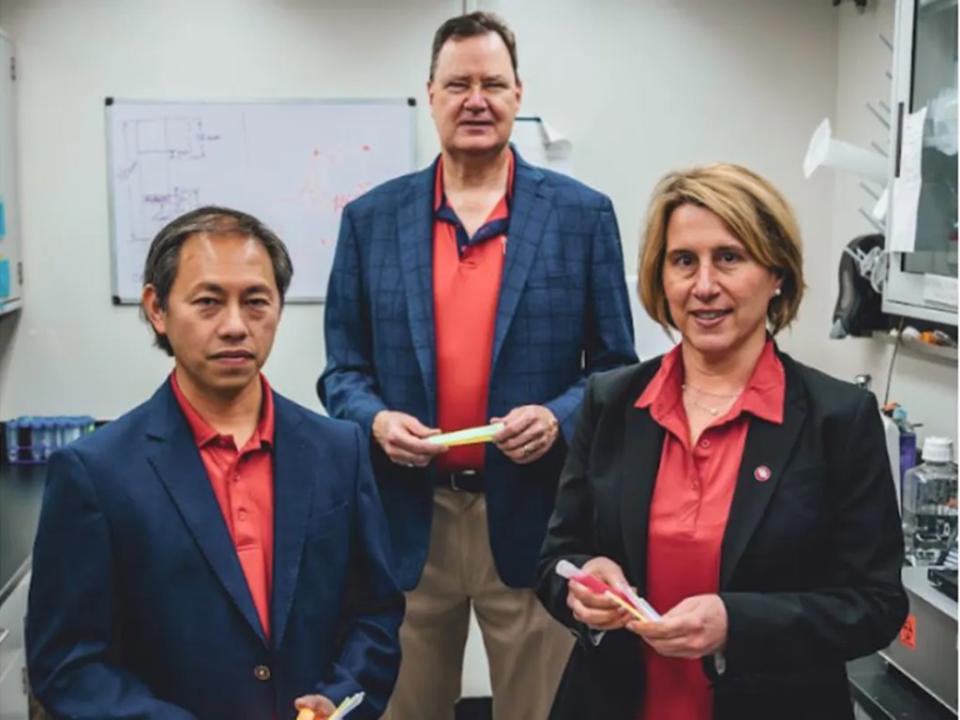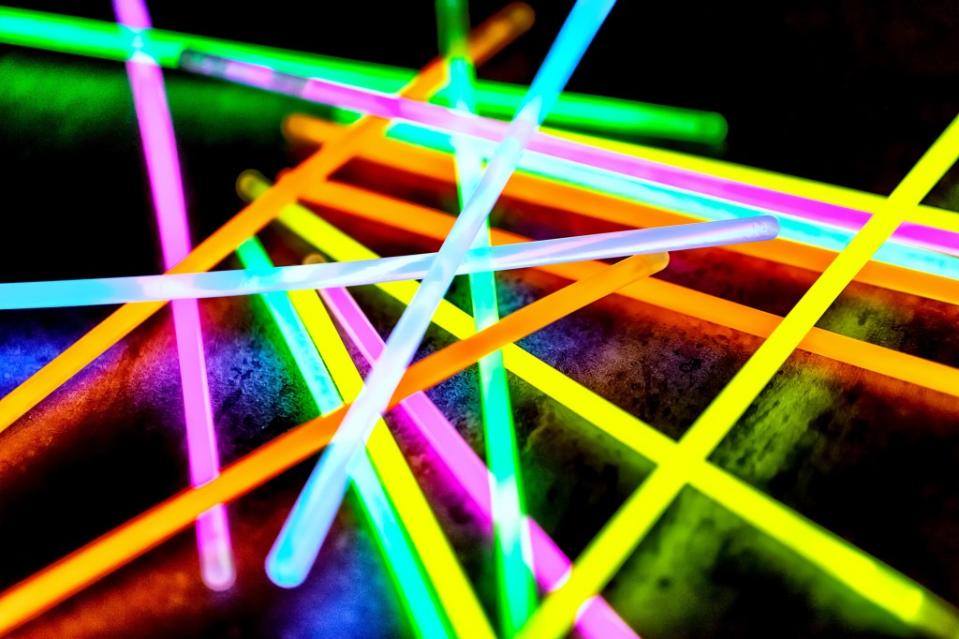US Navy to use party glow sticks for detection of biothreats like COVID-19

Glow sticks are having a glow-up.
Researchers have discovered that brightly colored party favors are perfect not just for illuminating dance floors but also for identifying biothreats.
Professors at the University of Houston announced last month they are partnering with the US Navy to use the glow sticks to diagnose and detect toxins, like COVID-19.
“We are for the first time applying the shelf-stable, low-toxicity, low-cost chemistry of common glow sticks to develop bright and rapid diagnostic tests called lateral flow immunoassays (LFIs) like fluorescent-dyed nanoparticles that, when exposed to glow stick activation chemicals, emit bright visible light that can be readily imaged using a smartphone or simple camera,” said Richard Willson, a professor of the university’s Chemical and Biomolecular Engineering department, said in a statement.
“We will adapt the technology of glow sticks widely used in military signaling applications to excite fluorescent LFI particles to increase their detectability.”
The process is as simple as breaking a glow stick, Willson and teammates research assistant professor Binh Vu and research associate professor Katerina Kourentzi said.

When one bends the party favor, it breaks a small glass container inside that releases a hydrogen peroxide mixture that collides with a second substance to create the spectacular glow partygoers know and love.
Similarly, the researchers used the same acid mixture when inside the sticks to detect nanoparticles of toxins and germs, giving them the same easily detectable bright colors seen in party bracelets and necklaces.
The results will also pop up on a test strip similar in size and usage to a pregnancy test.
And while the results would be bright enough to see with the naked eye in a dark room, the team created a little plastic box to exclude light and let a smartphone camera do the reading.

“The COVID-19 pandemic emphasized the need for rapid, inexpensive and ultrasensitive immunoassays for point-of-care diagnostic applications,” the team wrote.
The team has been using glow-in-the-dark materials to enhance and improve rapid COVID-19 home tests since March of last year.
Willson came up with the original idea when he noticed a glowing star pasted on the ceiling of his young daughter’s bedroom, leading him to use the same phosphors to make particles more detectable and tests more accurate.
“This technology can be used for detecting all kinds of other things, including flu and HIV, but also Ebola and biodefense agents, and maybe toxins and environmental contaminants and pesticides in food,” Willson and his team said at the time.

The simple testing practice will make it easier for the US Navy to detect and prevent the constantly growing list of threat-producing toxins brought on by climate change, the university said.
“Naval Medical Research Command’s Biological Defense Research Directorate drives scientific innovation that enhances the biodefense posture of the Navy and the Department of Defense. Through partnership with the University of Houston, Naval Medical Research Command is using its’ expertise in designing and building handheld antibody tests (lateral flow immunoassays or LFIs) with new fluorescent chemistry to build a more sensitive test for biothreats,” Navy Spokesperson Commander Jessica L. McNulty for the U.S. Navy Bureau of Medicine and Surgery told The Post in an email.
“The new fluorescent chemistry could, in theory, be used broadly when paired with appropriate antibodies in a lateral flow immune assay to detect a variety of infectious diseases.”
The $1.3 million project is being funded by the Defense Threat Reduction Agency.

